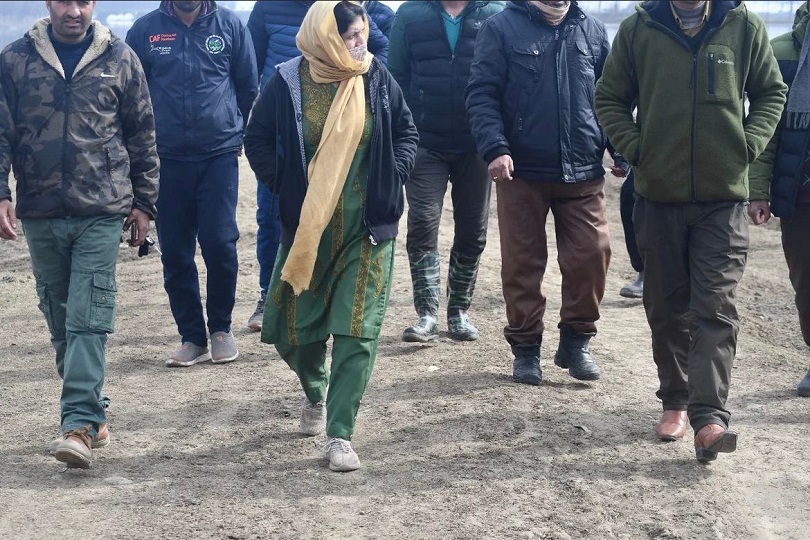
SOME 11 lakh migratory birds are likely to visit the Kashmir valley in year 2022-23, following the start of the seasonal avian arrival this past October.
“We’re likely to receive around 11 lakh migratory birds till early next year,” says Ifshan Dewan, Wildlife Warden Wetlands. “This is a sign of Kashmir being a favorable place for the avian guests.”
Migratory birds start coming in the month of October and stay in the valley till ending March.
Last year, the warden said, the “same number”—11 lakhs—of avian birds arrived in the valley.
But the wetlands woes and poaching problems continue to pose a fatal danger.
“There’s tranquility in Kashmir wetlands right now due to wildlife vigilant efforts,” Ifshan says. “But we cannot say that poaching has completely stopped.”
In a chat with Kashmir Observer, the wildlife warden talks about the ongoing flutter in the wetlands of the valley.
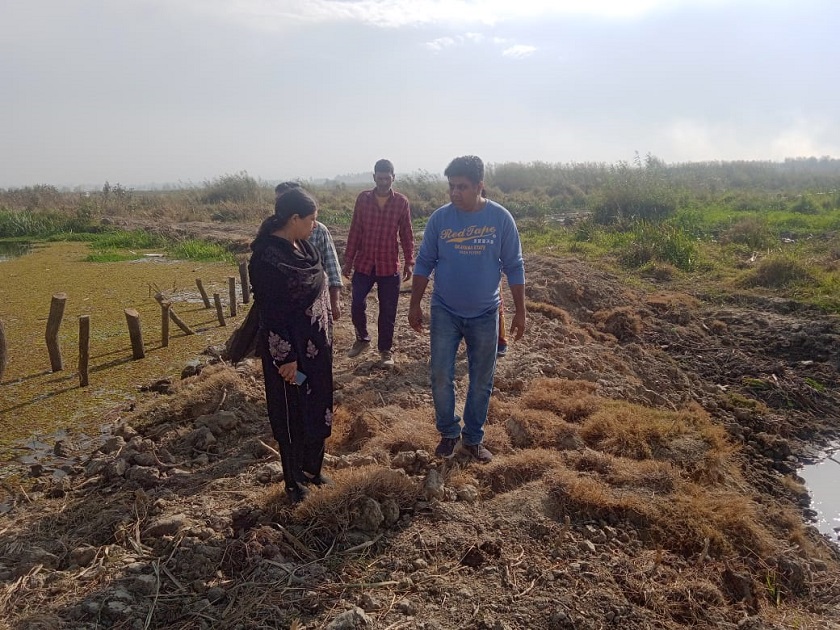
A group of NGOs lately visited the Hygam wetland and reported non-sighting of migratory birds there. Isn’t this a matter of serious concern?
No, it’s their viewpoint. As per our information, there’re around sixty thousand birds present there. All of them are migratory birds.
The NGOs you’re talking about went in a hurry and denied the presence of migratory birds. This is not based on facts.
When do migratory birds usually visit Kashmir valley?
Migratory birds start coming in the month of October and stay in the valley till March.
How many migratory birds are expected to come this year?
Last year, we hosted around 11 lakh birds. I presume it must be the same number this time around as well.
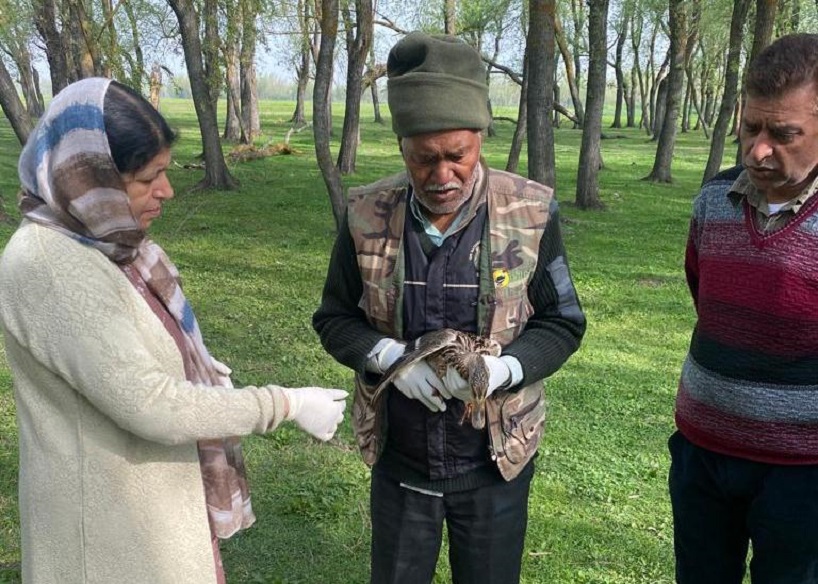
But then, the migratory birds left Kashmir early last year. Has your department taken any initiatives to make their long journey a source of comfort in the valley?
See, migration is a very vast—and yet a least researched—subject worldwide. The migratory birds have their own set procedures. They follow their own time period, just like they did last year.
When they arrive in the valley, we take all necessary measures to make their stay comfortable. But when they decide to leave, they leave. You cannot stop them.
But what steps have you taken to stop poaching?
We’ve local volunteers and informers alerting and updating us about the situation. Based on their tipoff, we depute teams to the sites of violation and seize hunting devices from poachers.
Due to this hyper-vigilance, the order has been restored in many wetlands. Someone living nearby the Hokarser wetland told me lately that they no longer hear gunshots ringing around. But despite this difference, we can’t say that poaching has been completely stopped.
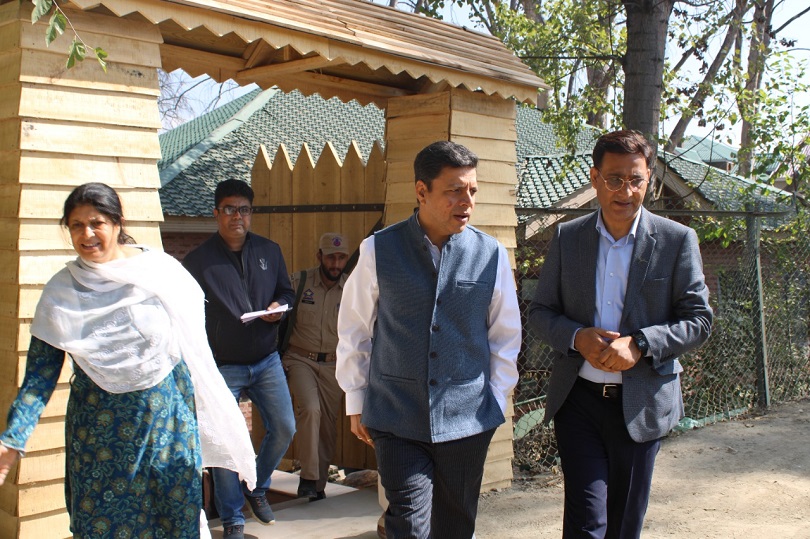
But has any poacher been arrested this year?
No, but our teams are monitoring the situation and doing everything needed to maintain the order.
Is it true that the wildlife department is developing eco-spots for migratory birds?
Yes, in Hokersar wetland, we’ve already developed an eco-spot for migratory birds. The same will be done for Hygam and Shalbugh.
But then, the condition of wetlands remains worrisome?
See, we’re intensifying the initiatives to protect wetlands. We’re developing eco-spots, eateries and parks for sightseers with an active public involvement. The aim is to engage locals and help them grow economically.
However, our main focus is on eco-restoration. We’re deploying machinery and are reviving channels. We’re axing the illegally-planted trees and retrieving a lot of land.
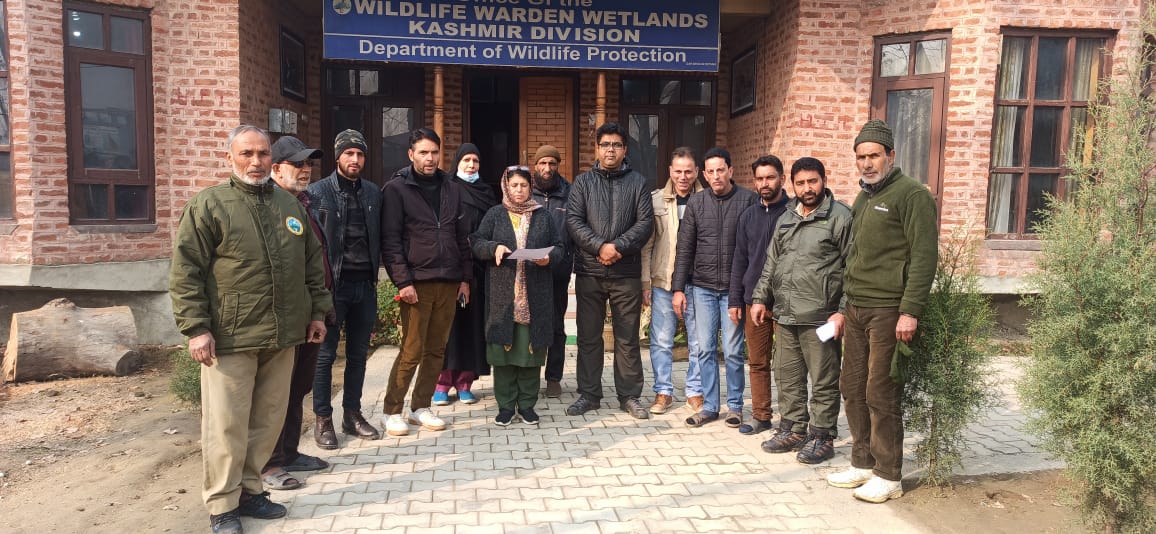
But won’t these wetland works affect the ongoing migration?
No, not at all. In fact, the area under migratory birds is spreading. At Hokersar, at least 40,000 birds are present. The number of avian guests is also increasing in Soibugh and other areas. So, there is no disturbance.
But then, again, some areas of wetlands are without water?
Wetland ecology is another subject. It’s not like Dal or Wular lake. Different birds need different types of wetlands. We’re taking steps against siltation especially after the 2014 floods.
Follow this link to join our WhatsApp group: Join Now
Be Part of Quality Journalism |
Quality journalism takes a lot of time, money and hard work to produce and despite all the hardships we still do it. Our reporters and editors are working overtime in Kashmir and beyond to cover what you care about, break big stories, and expose injustices that can change lives. Today more people are reading Kashmir Observer than ever, but only a handful are paying while advertising revenues are falling fast. |
| ACT NOW |
| MONTHLY | Rs 100 | |
| YEARLY | Rs 1000 | |
| LIFETIME | Rs 10000 | |









